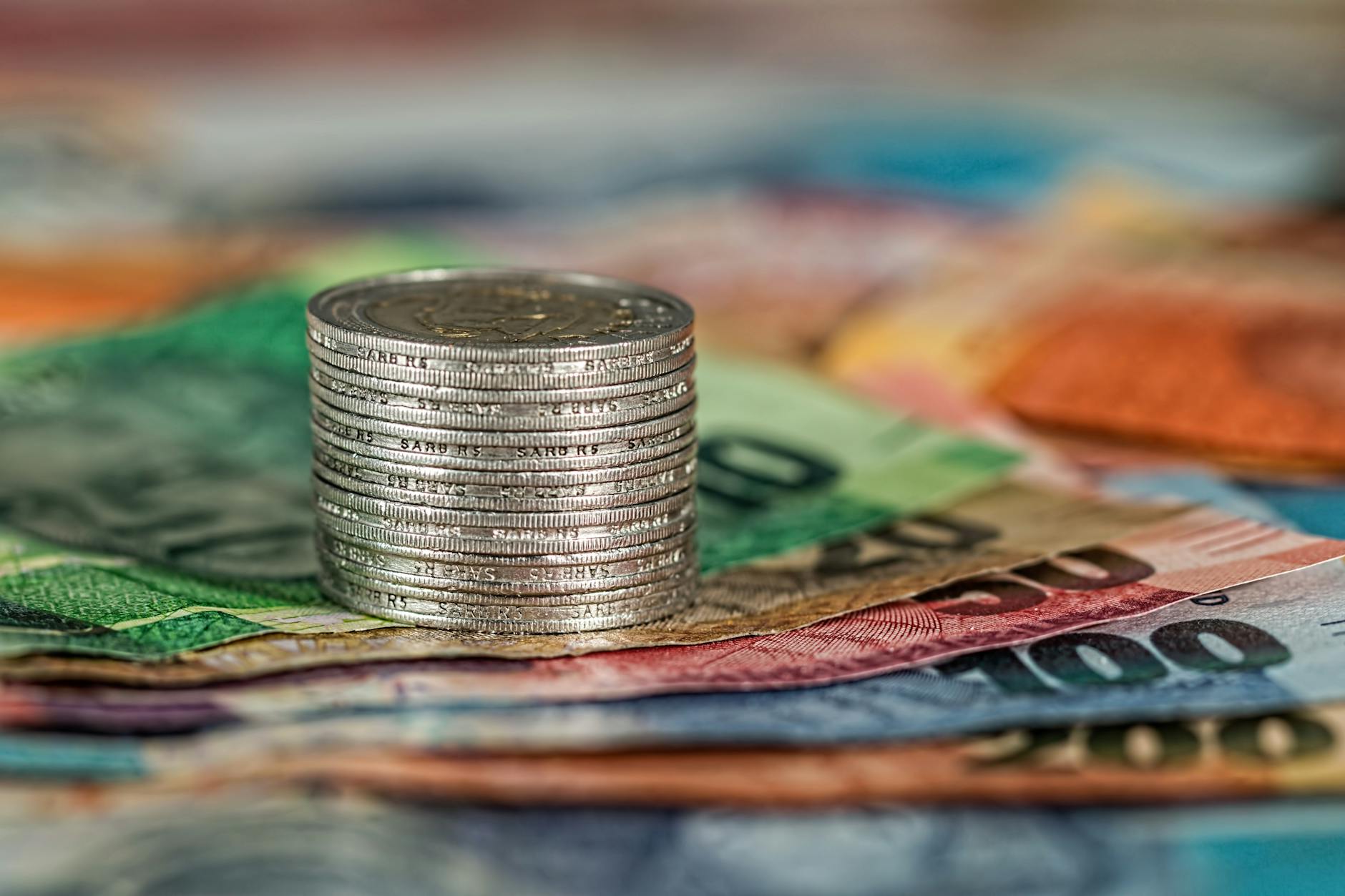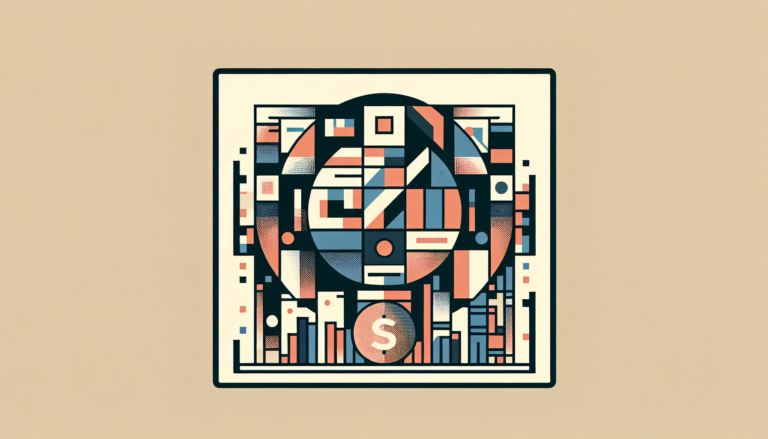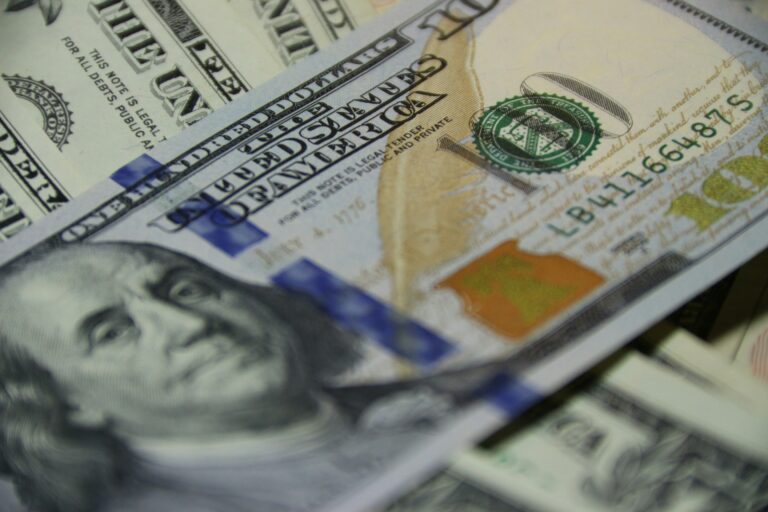Navigating Financial Waters: Emergency Fund vs Savings Account Explained
Importance of Emergency Funds
They’re like the financial superheroes we didn’t know we needed, swooping in to save the day when life throws one of those pesky curveballs our way. Everybody needs a stash of cash for when things go south. Knowing the why, how, and what of an emergency fund can set one up to handle those nasty surprises without breaking a sweat.
Protecting Against Financial Shocks
Think of an emergency fund as the trusty shield against life’s unexpected whammies. Whether it’s losing a job, dealing with a medical crisis, or suddenly having to fix that leaky roof, these situations sneak up on us quicker than a cat on a sneaky midnight prowl. The pros over at 1st United Credit Union get it – having that money cushion allows you to take care of the basics, like paying rent or keeping the pantry stocked, without spiraling into the chaotic world of debt.
Here’s a quick look at where an emergency fund can really step up:
| Situation | Where the Money Goes |
|---|---|
| Out of Work | Rent, Groceries |
| Health Crisis | Doctor Bills, Co-payments |
| Big Repairs | Plumbing, Electricity Fixes |
Managing Unexpected Expenses
Having quick-access cash makes taking care of surprise bills a walk in the park. Medical emergencies can whip up a nasty bill faster than you can say “deductible,” even with insurance in tow (Bankrate). Without that rainy day fund, folks might find themselves tighter than a drum when payments are due.
Turns out, only about 56% of people remember to beef up their emergency funds each month (Bankrate). It’s like knowing there’s a storm coming and not having an umbrella—risky business! By chipping away at it consistently, anyone can build a comfy nest egg to fall back on when tough times try to play hardball.
The whole idea is to keep this stash just for emergencies, like you’d guard that secret cookie jar from nosy, sweet-toothed housemates. Keeping it in a safe, yet easy-to-reach spot is key, and the folks at the Consumer Financial Protection Bureau go full-on cheerleader for keeping these funds tucked safely away from daily temptations.
Want the nitty-gritty on kick-starting your emergency stash? We’ve got all the juicy deets in our guide on how to start an emergency fund and even more savvy savings hacks emergency fund savings tips.
Building an Emergency Fund
Putting together an emergency fund is a top-notch move for anyone looking to stay financially secure. It’s like your personal Superman cape—there when life throws a curveball. Creating this fund means setting clear goals and sticking to a system that works for saving up those hard-earned bucks.
Setting Savings Goals
Figuring out how big this safety net should be isn’t the same for everyone. Know the stuff that might catch you off guard financially so you can decide how much to stash away. A handy rule of thumb? Save up enough to cover four to six months of living costs—just in case (Alight).
Getting started doesn’t have to be huge or scary. Why not kick off with a smaller goal? Stashing about $500 is a nice cushion for little surprises—say, minor car fixes or unexpected trips to the doc.
| Savings Goal | Weekly Savings Needed | Time to Reach Goal |
|---|---|---|
| $500 | $10 | 50 weeks |
| $1,000 | $20 | 50 weeks |
| $2,000 | $40 | 50 weeks |
Starting with bite-sized goals like these is a great way to boost your confidence. Hitting those first targets? That’s your sign to aim higher and be ready for bigger bumps in the road (Nerdwallet).
Establishing Savings Habits
Regular saving habits can spell the difference between stress and smooth sailing. Here’s what to put on your to-do list:
- Automate Those Savings: Set up automatic transfers, and make saving as smooth as your morning coffee run.
- Save Bonus or Tax Refunds: Those extra bucks from Uncle Sam or holiday bonuses? Pop them straight into your savings.
- Keep the Contributions Coming: Be religious about setting aside a bit from each paycheck (Consumer Financial Protection Bureau).
These routines help make sure you always have money on hand for those less-than-awesome surprises life sends your way. And hey, if you’re still curious about diving deeper into saving up for a rainy day, check out guides like how to start an emergency fund and saving money for emergencies. They’re packed with tips and tricks for getting your savings game on point.
Emergency Fund vs Savings Account
Knowing the difference between an emergency fund and a regular savings account is key to keeping your money matters in check. They each have their own job to do and can really make a difference in keeping your finances on track.
Know What They’re For
Think of an emergency fund like a financial lifesaver for unexpected stuff like those sneaky medical bills, car troubles, or even a job loss. It’s your go-to stash for quick cash when life’s curveballs hit. Experts say to aim for saving enough to cover three to six months’ worth of living expenses in this emergency fund to keep out of money crises.
Your savings account, on the flip side, is more for those big goals you plan for—stuff like dream vacations, buying a house, or funding education. Although you can dip into it for emergencies, it’s usually for those things you know you’ll need money for down the road.
| Purpose | Emergency Fund | Savings Account |
|---|---|---|
| Primary Use | Unplanned expenses and financial shocks | Long-term savings goals |
| Ideal Amount | 3-6 months of living expenses | Varies based on personal goals |
| Access Frequency | Frequent access needed | Less frequent access preferred |
Making It Grow
To get the most bang for your buck in an emergency fund, stash it in a high-yield savings account. These accounts often offer juicier interest rates than regular savings, letting your money grow while staying easy to grab if things go south (Nerdwallet).
Vanguard says another trick is to put part of your emergency fund in low-risk cash options like money market funds. These might score you better returns than the usual bank accounts, but it’s super important to stick with investments that keep your cash accessible and safe.
If you’re checking out what’s out there, here’s a quick look at types of accounts you might choose for an emergency fund:
| Account Type | Interest Rate | Accessibility | Risk Level |
|---|---|---|---|
| High-Yield Savings | Higher | Very accessible | Low |
| Money Market Fund | Moderate | Accessible | Low |
| Traditional Savings | Lower | Very accessible | Low |
Just steer clear of long-term accounts, like CDs, for your emergency fund. You won’t want your cash locked up when you need it most (Chase).
Grasping these differences lets you take charge of your money, so you’re ready for surprise expenses while still stacking up savings for those dreams and plans. Need more on kick-starting an emergency fund? Check out our guide on starting an emergency fund and practical money-saving tips for emergencies.
Strategies for Effective Saving
Starting an emergency stash doesn’t have to be a head-scratcher. With the right tricks up your sleeve, you can manage your money flow and take advantage of any workplace saving perks. A little effort now means big savings later.
Managing Cash Flow
Getting a grip on your cash flow is step one to beefing up your emergency fund. It starts with knowing how much dough is coming in and where it’s flying out. Once you get a handle on this, you can start figuring out where to pinch pennies.
Keep track of what you’re shelling out each month and see if there’s any loose change that can be tucked away. A budget’s like your personal treasure map—follow it, and you might just find a savings jackpot. Let’s say you bring home $5,000 a month; squirrel away $500 for rainy days, and you’ll be golden after a while.
| Monthly Income | Percentage Saved | Amount Saved |
|---|---|---|
| $5,000 | 10% | $500 |
| $4,000 | 15% | $600 |
| $3,000 | 20% | $600 |
Tax refunds or that yearly bonus? Don’t blow it all on a shopping spree. Toss some into the savings pot—your future self will thank you. Want to kick start your fund? Check out our tips on how to start an emergency fund.
Utilizing Work-based Savings
More businesses get it these days—helping you build a nest egg is a win-win. One survey found that over a third of workers think their job should offer a little help with rainy-day funds (Alight).
Starting in 2024, some places will let folks put after-tax dollars into a special emergency stash within their retirement plan. You can pull out dough tax-free, a few times a year, up to a $2,500 limit.
Being able to set it and forget it with payroll deductions makes saving a whole lot easier. You won’t even notice the dough missing, and before you know it, you’ve built up a solid buffer. Check out more tips on handling squirreled away cash with our guide on saving money for emergencies.
By smartly managing the money coming through the door and making the most of work-savings programs, anyone can grow that emergency fund. It’s all about planning ahead and sticking to the plan.
Using Your Emergency Fund Wisely
Got an emergency fund? That’s your financial safety net! But knowing when and how to use it can be the game-changer for keeping your money situation solid. Here, we’ll chat about how not to splurge without thinking and how to build it back up when it feels like your savings have been drained.
Making Informed Decisions
So, surprise expenses pop up—should the emergency fund take the hit? Ask yourself some no-nonsense questions before diving in:
- Do you really have zero options besides using this fund?
- How urgent is your expense?
- What’s the plan if your fund gets wiped out right now?
- Any chance this can wait until you’re a bit more flush?
By tackling these key points head-on, you’re setting aside your emergency stash for true must-haves like cutting medical bills or unexpected job gaps and definitely not for those spontaneous takeout orders (SoFi). I’m all for not seeing your savings vanish into thin air over that spicy tuna roll.
Rebuilding After Withdrawals
Alright, so you’ve had to dip into your stash—gotta fill that bucket up again. Check out this tip: if it’s gonna take over six months to bounce back your fund, pause and think if that spend was worth it.
When you’ve mapped out your savings comeback, here’s a simple tracker:
| Action | Monthly Contribution | Months to Rebuild Fund |
|---|---|---|
| Target Amount | $1,000 | 10 months (if you stash away $100/month) |
| Target Amount | $600 | 6 months (throw in $100 per month) |
| Target Amount | $300 | 3 months (keeping $100 a month saved) |
Keep topping off that fund like your financial peace depends on it—because it kinda does! This keeps you set up for surprises and helps dodge getting stuck with credit card bills or loans (Consumer Financial Protection Bureau). Patch your savings, keep calm, carry on, and you’re in the perfect spot to tackle any curveball life throws your way.
Curious about setting up your own emergency fund? We’ve got you covered—take a peek at our guide on how to start an emergency fund.
Practical Tips for Emergency Funds
Building a solid emergency fund is a no-brainer for staying financially grounded. Here’s your go-to for figuring out how much you should stash away and where to keep it for safe yet easy access.
Ideal Savings Amount
Financial whizzes often recommend tucking away enough to cover three to six months of your living expenses. This safety net can be a lifesaver when the unexpected strikes, like hefty medical bills or suddenly finding yourself in between jobs. It’s your cushion for those unpredictable bumps in the road (Nerdwallet).
Let’s make this real with a quick table to picture your goal:
| Monthly Expenses | 3 Months of Expenses | 6 Months of Expenses |
|---|---|---|
| $2,000 | $6,000 | $12,000 |
| $3,000 | $9,000 | $18,000 |
| $4,000 | $12,000 | $24,000 |
| $5,000 | $15,000 | $30,000 |
This mini blueprint helps you eyeball what you’ll need based on your usual monthly spending. Need more pointers on kicking off your stash? Pop over to our guide on how to start an emergency fund.
Accessible Storage Options
You gotta keep those funds easy to grab for those “Oh no!” moments. Experts think the best hideouts are places like regular savings accounts, or even better, high-yield ones. These spots let you get to your money fast and might even pump up your savings a tad (Chase, Nerdwallet).
Check out these handy places to park your emergency cash:
| Storage Option | Benefits |
|---|---|
| Traditional Savings Account | Super safe and within easy reach |
| High-Yield Savings Account | Boosts your cash with better rates |
| Money Market Account | Offers higher rates with writing checks |
Choosing the right spot for your savings will make sure your money’s both safe and right at hand when life throws a curveball. Need more tips on juggling your emergency stash? Head over to our articles on saving money for emergencies and emergency fund savings tips.







